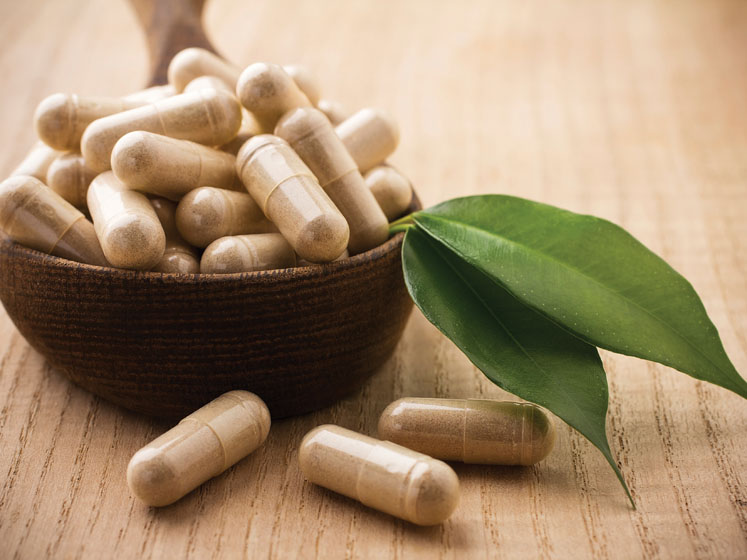In the face of difficult processing conditions, such as high temperatures and humidity, spore-forming probiotics may be a workable option for manufacturers. Dairy products have long been the most prominent carriers of probiotics in food.
But, as markets trend towards more convenient foods and beverages with a better-for-you positioning, manufacturers are now exploring other categories that can support probiotic viability.
Until now, the most widely used probiotics have been strains of Lactobacillus and Bifidobacterium, both of which are widely documented in clinical studies of digestive health and immunity.
In stability tests, they show good levels of survival when added to products such as ice cream, biscuit fillings, peanut butter and chocolate.
Today, interest is also growing in categories such as probiotic snack bars and bites. Here, though, the relatively few global product launches — just 45 in 2019, according to Innova Market Insights — suggests probiotic survival remains a challenge … and that good opportunities remain for those manufacturers who find a solution.
Vanessa Bailey, Global Marketing Leader at DuPont Nutrition & Biosciences, highlights the threat to a brand reputation if the live cell count is below the required level.
“There is a certain amount of risk in selling a product that claims to contain probiotics if the probiotic cells do not survive throughout the duration of shelf-life of the product. It could even lead to legal challenges. This is why it is critically important that brands get the formulation right.”
“Despite the difficulties, improvements in application science and more options for stable strains are creating new possibilities for successful probiotic addition to foods and beverages,” she adds.
New product development tools
For years, Lactobacillus and Bifidobacterium have largely set the agenda for what is possible. Fond of a high-fat environment and intolerant of high temperatures and water activity, these lactic acid bacteria (LABs) are an incompatible addition to a baked granola bar, for example.
This is when manufacturers need to get creative, perhaps by adding LABs to a drizzle or coating that can be applied after the baking process.

These days, the future of the probiotic snack bar is starting to look a little more buoyant. The arrival of spore-forming probiotics on the market is providing food and beverage manufacturers with a new set of tools to assist their product development.
“Spores are already relatively well-established in the US and their use is growing in Europe and Asia. For food manufacturers struggling to develop products that are not conducive to LAB probiotics, this is probably the right time to look at this alternative opportunity,” Bailey says.
Two of the best-known spore-forming probiotic species at the moment are Bacillus subtilis and Bacillus coagulans. Unlike LABs, which exist naturally in fermented foods and the gastrointestinal tract, spore-forming probiotics are soil-based micro-organisms. Their stability advantage lies in their protective coating.
Ready to make an impact
Thanks to this outer layer, spores can survive high temperatures and pressure, tolerate water activity and suspend all metabolic activity until conditions are favourable to their growth and proliferation.
Consequently, when they finally arrive in the digestive tract, they are unimpaired and ready to make an impact; several studies have documented their digestive and immune health benefits. In acidic probiotic fermented beverages such as kombucha, they have already proven to be a good option. And they are well-suited to an upcoming probiotic bar category, too.
Bailey expects the adoption of more robust spore-forming probiotics by manufacturers to accelerate the development of functional foods and beverages. According to DuPont’s own research, markets around the world are ripe for more probiotic innovation. Surveys reveal that consumers not only associate probiotics with digestive and immune health, they also show a growing interest in consuming probiotic foods and beverages.
More specific claims in the future
“In terms of market growth, probiotics are a great fit for categories that target the functional food trend, especially those that are designed for on-the-go consumption. Healthy snacks such as nutrition bars or ready-to-drink fermented beverages have seen growth in probiotic inclusions during the past few years. In the US, we have also seen probiotic hot tea, trail mix and dried fruit,” Bailey says.
“In food and beverage products, many companies have simply put an inclusion claim such as ‘probiotics’ on the package. Consumers already recognise that probiotics are good for them and, often, that has sufficed. However, as consumer interest and education grows, we can expect brands in the future to launch products that contain more specific structure-function claims on food products."
"This will strengthen the value that brands can give consumers through the inclusion of probiotics,” she concludes.
The important thing for manufacturers to remember is that, even with these more stable spore-forming probiotics, all strains behave differently in each format and application — and in individual food production plants. In other words, cell survival during processing and storage should remain in focus at all times. For the best brand protection, nothing beats a finely tuned formulation.




